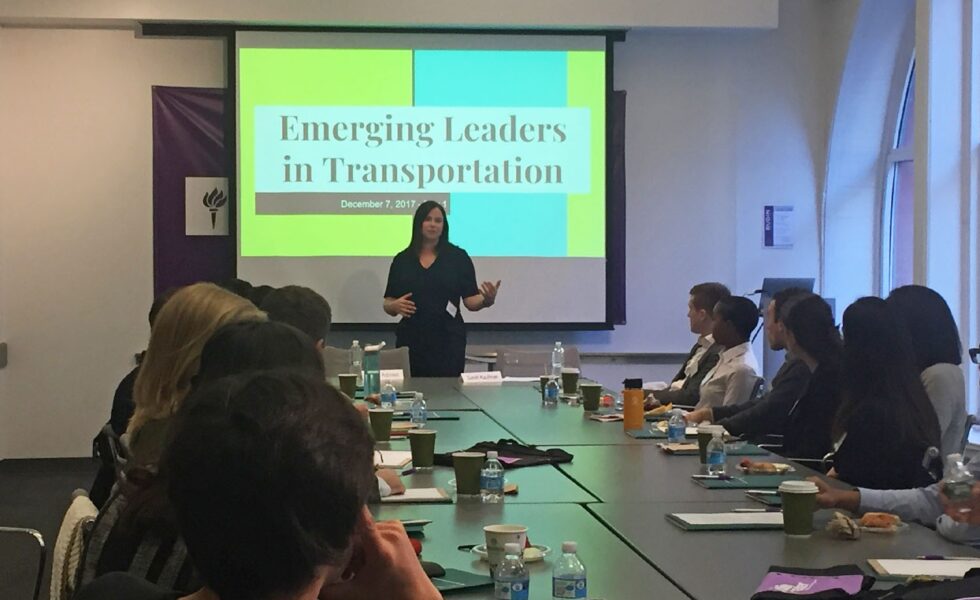Integrative Vehicle Infrastructure Traffic System (iVITS) Control in Connected Cities
In this project, the research team will propose a simulation-based approach for the evaluation of traffic control algorithms that will utilize CV technologies. Given the ongoing CV pilot deployment in NYC, the proposed project will tie in to the objectives set out to be achieved as a part of the NYC CV pilot. The City College of New York (CCNY) team will work with NYU and UW researchers to test the models and algorithms in microsimulation and hardware-in-the loop simulations on a NYC-specific network.










